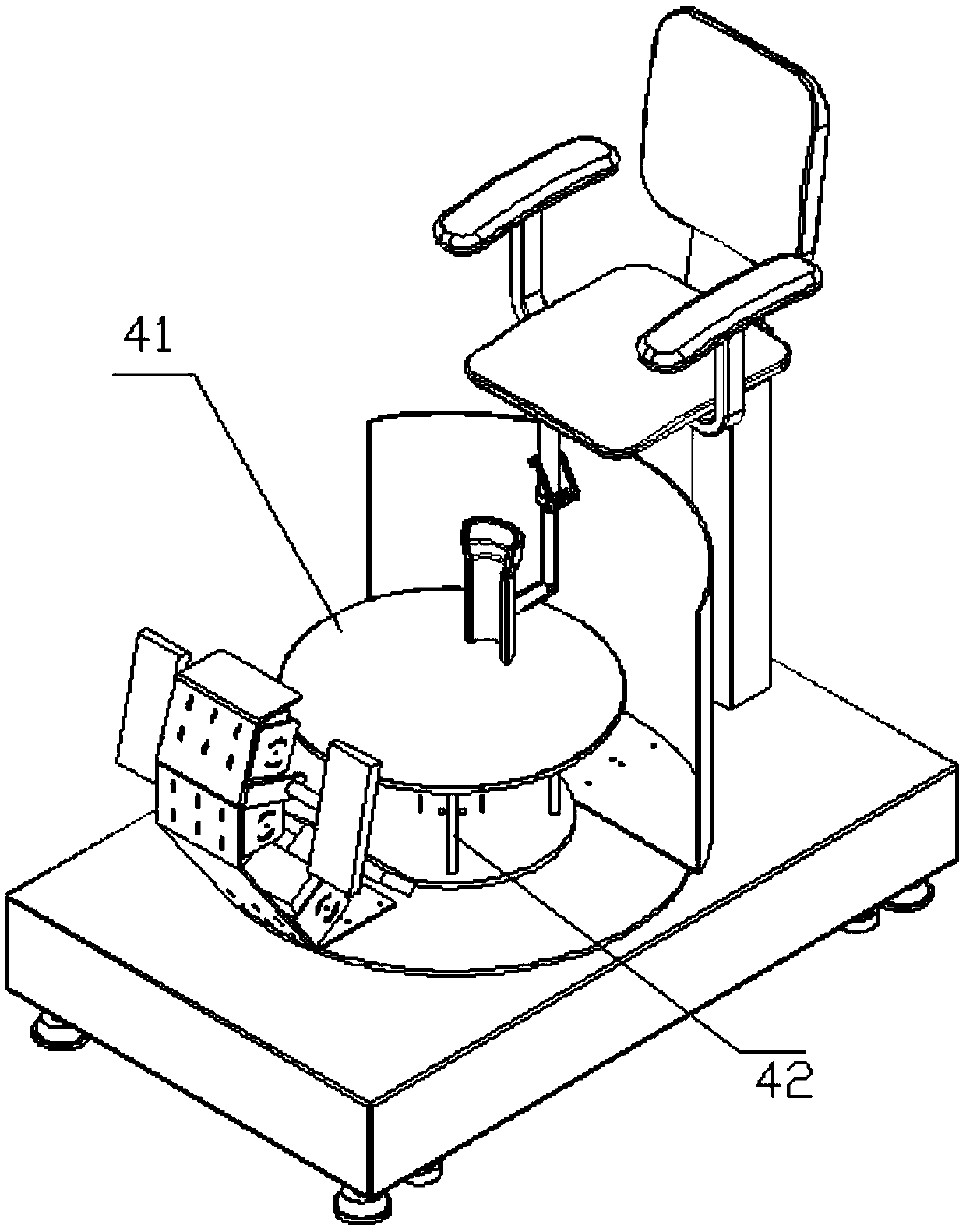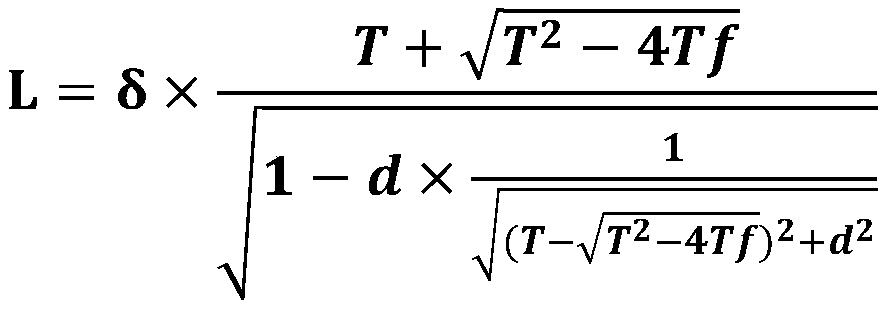Foot intelligent 3D information acquisition and measurement equipment
A technology for information collection and measurement equipment, applied to foot or shoe last measurement devices, clothing, applications, etc., can solve problems such as difficulty in accurately determining the size of the target, affecting the speed and effect of collection and synthesis, and camera position setting errors, etc. To achieve the effect of improving the speed and accuracy of 3D synthesis of the foot, strong applicability, and reducing the burden of rotation
- Summary
- Abstract
- Description
- Claims
- Application Information
AI Technical Summary
Problems solved by technology
Method used
Image
Examples
Embodiment Construction
[0037] Exemplary embodiments of the present disclosure will be described in more detail below with reference to the accompanying drawings. Although exemplary embodiments of the present disclosure are shown in the drawings, it should be understood that the present disclosure may be embodied in various forms and should not be limited by the embodiments set forth herein. Rather, these embodiments are provided for more thorough understanding of the present disclosure and to fully convey the scope of the present disclosure to those skilled in the art.
[0038] Structure of foot 3D information collection device
[0039] In order to solve the above technical problems, the present invention provides a foot 3D information collection device, such as figure 1 , including an image acquisition device 1 , a background plate 2 , a rotation device 3 , a rotation drive device, a foot support device 4 , a leg support device 5 , a seat 6 and a base 7 .
[0040] The image acquisition device ...
PUM
 Login to View More
Login to View More Abstract
Description
Claims
Application Information
 Login to View More
Login to View More - R&D
- Intellectual Property
- Life Sciences
- Materials
- Tech Scout
- Unparalleled Data Quality
- Higher Quality Content
- 60% Fewer Hallucinations
Browse by: Latest US Patents, China's latest patents, Technical Efficacy Thesaurus, Application Domain, Technology Topic, Popular Technical Reports.
© 2025 PatSnap. All rights reserved.Legal|Privacy policy|Modern Slavery Act Transparency Statement|Sitemap|About US| Contact US: help@patsnap.com



